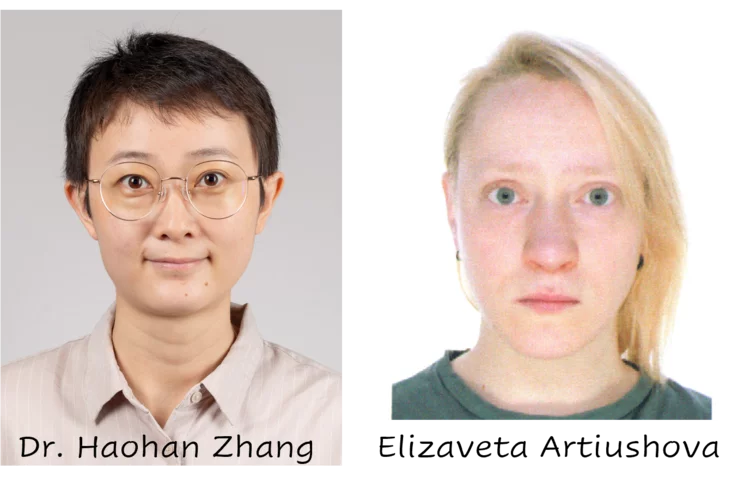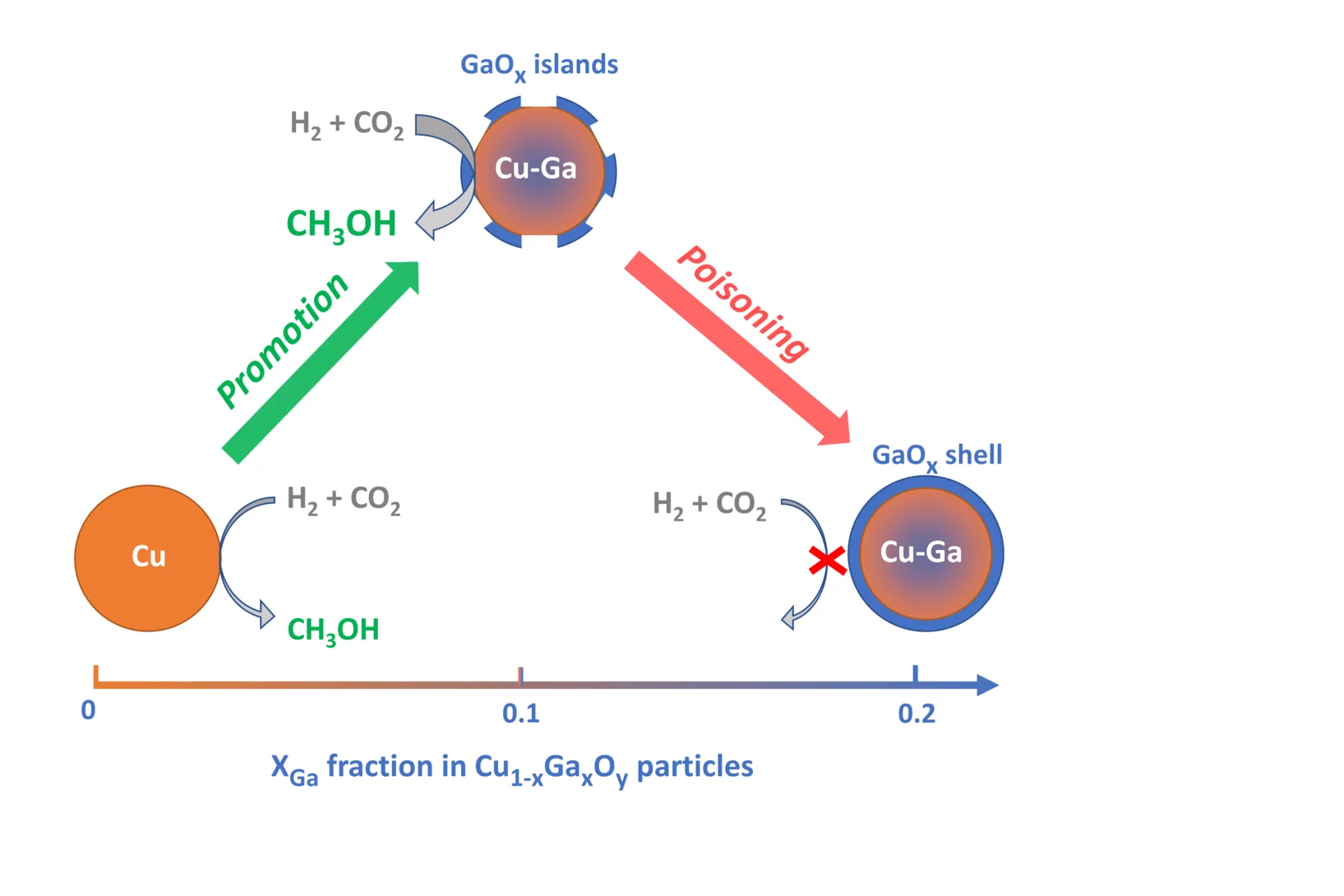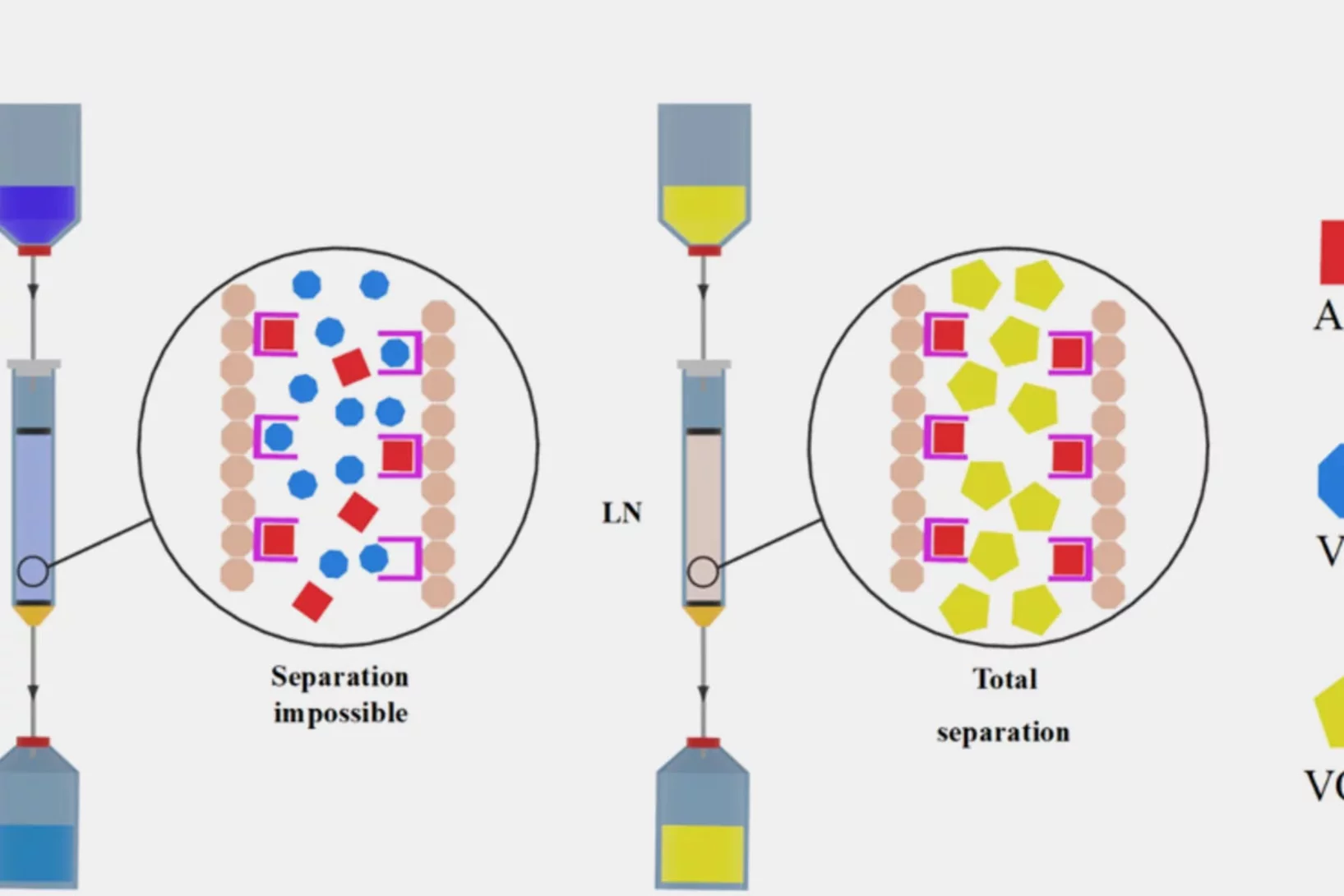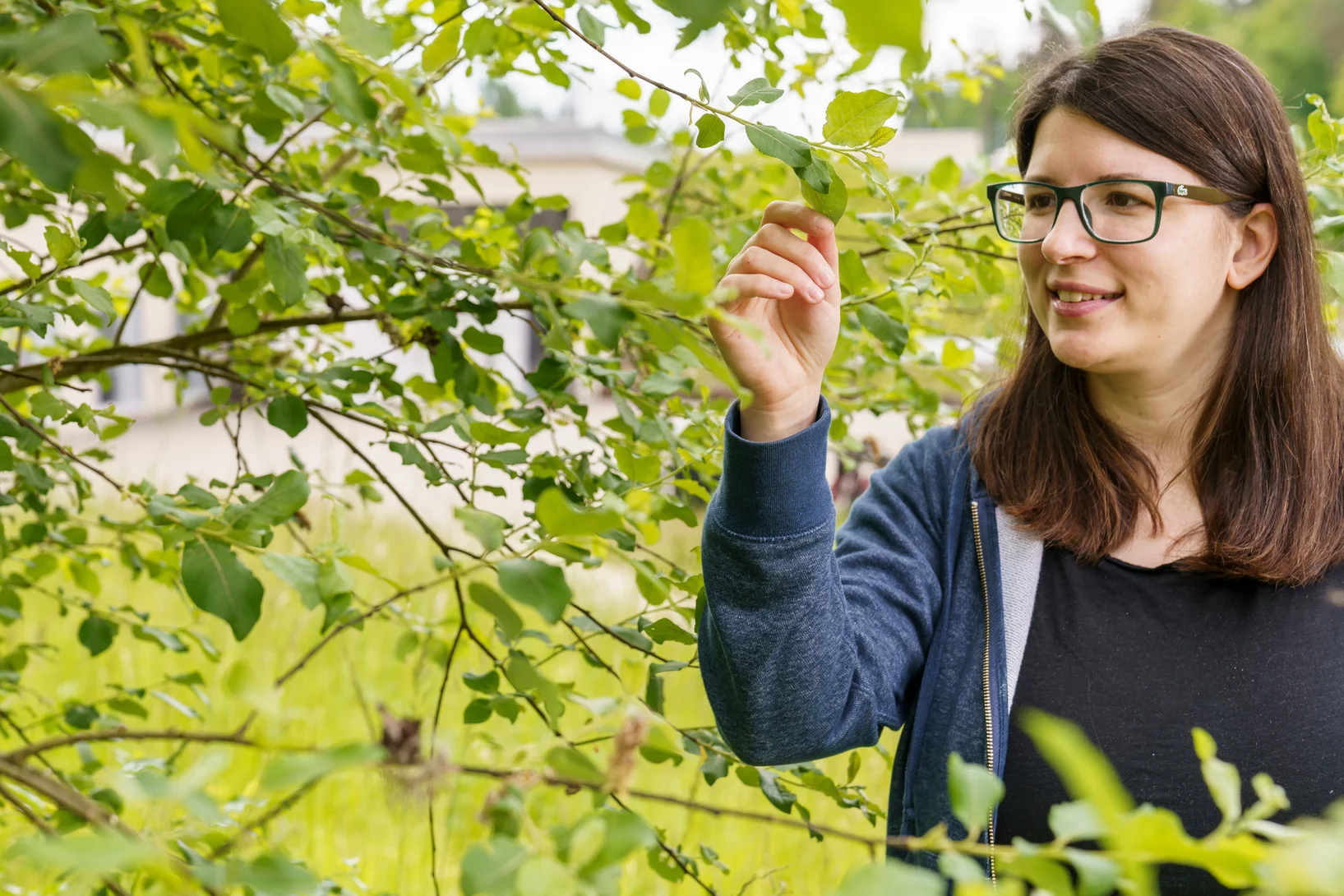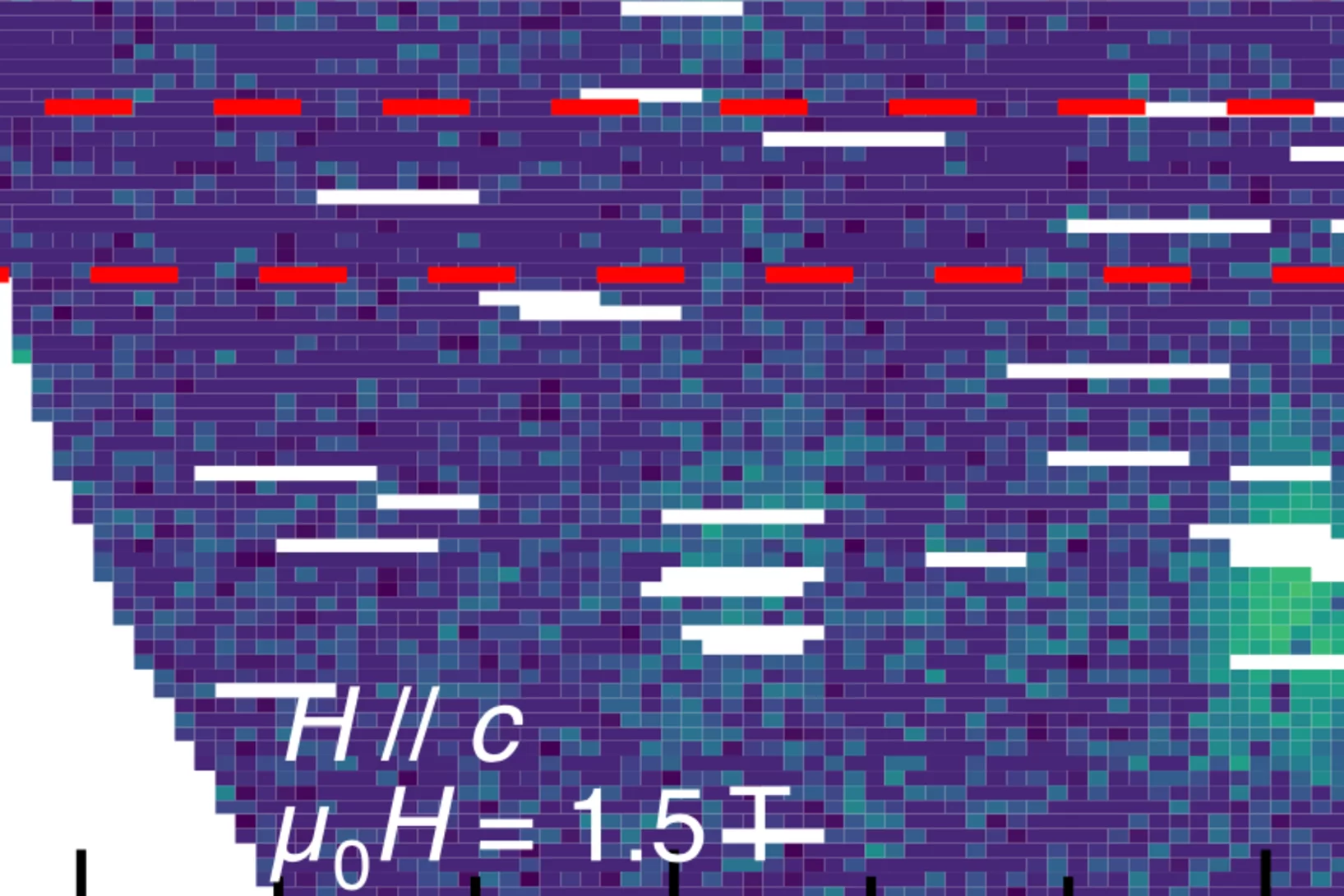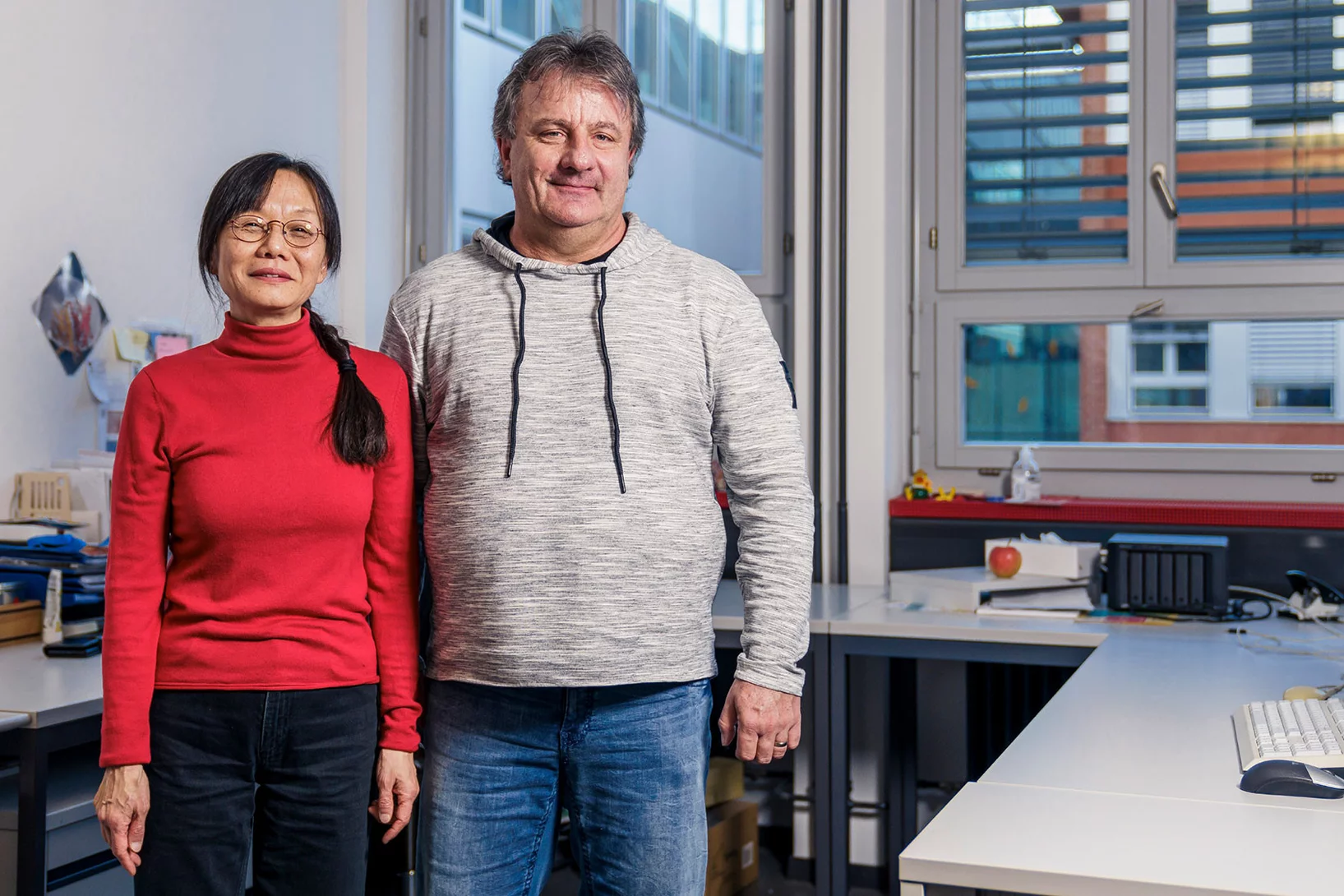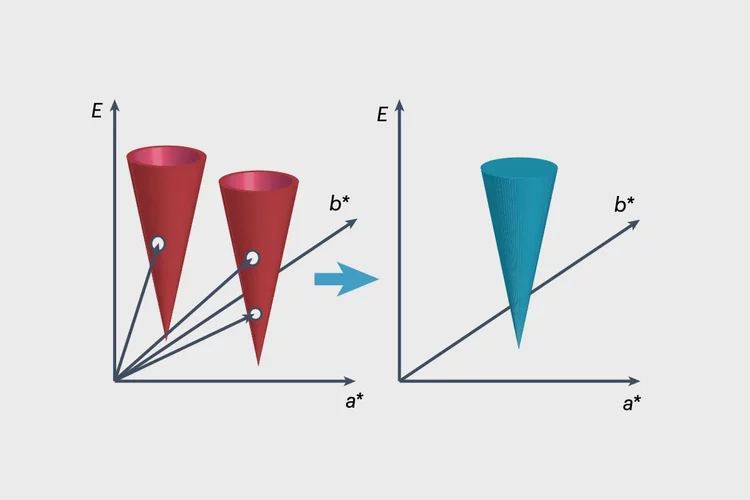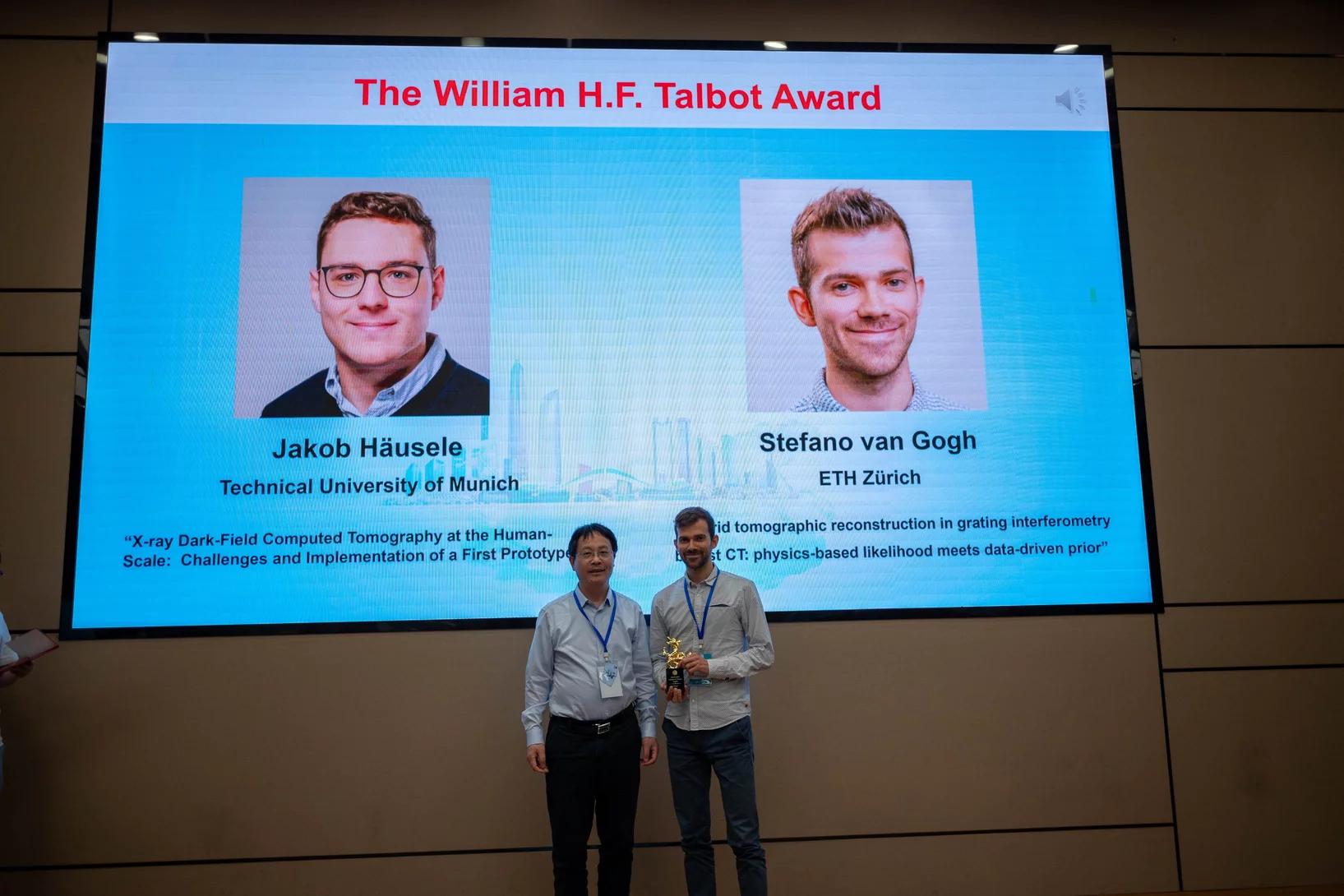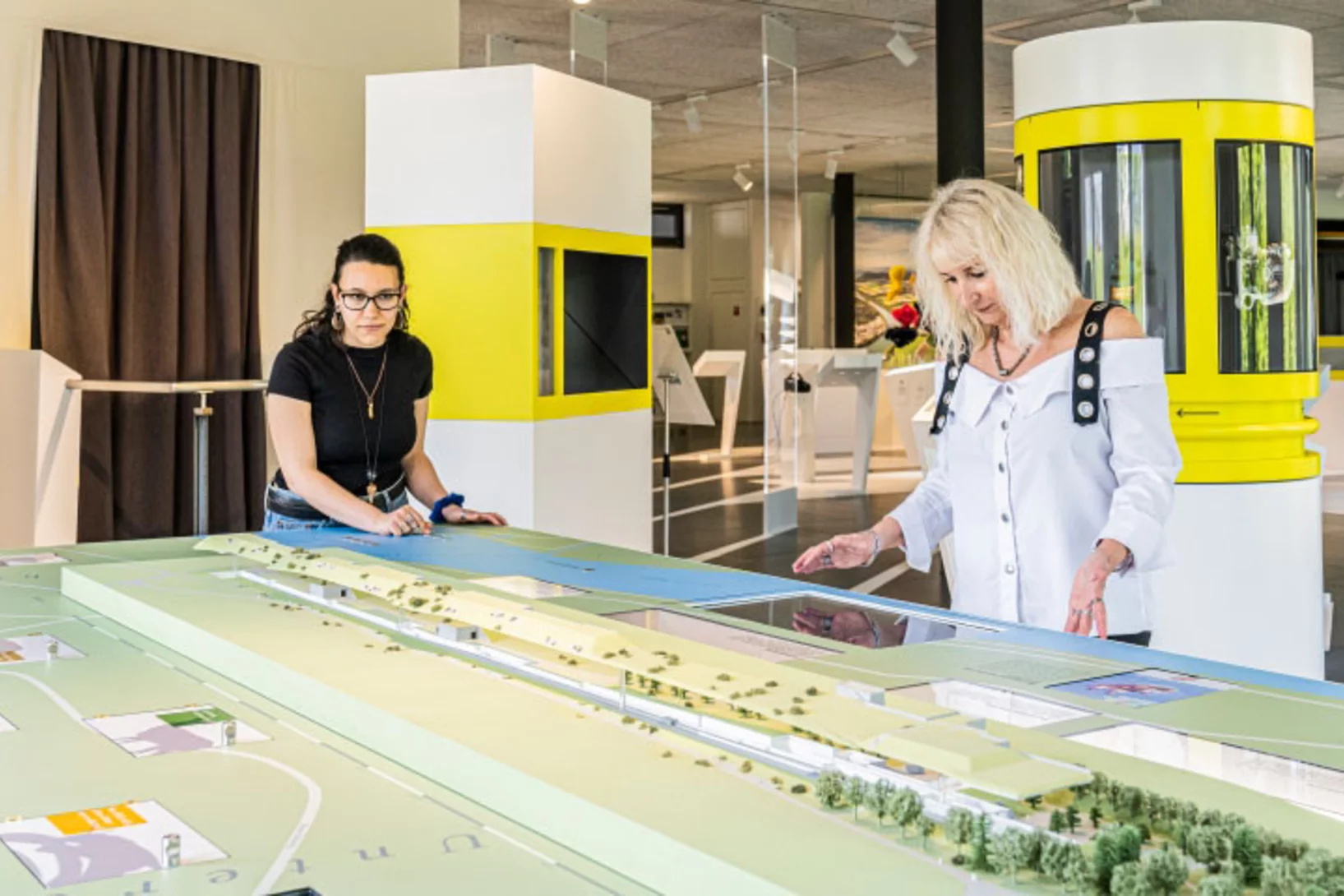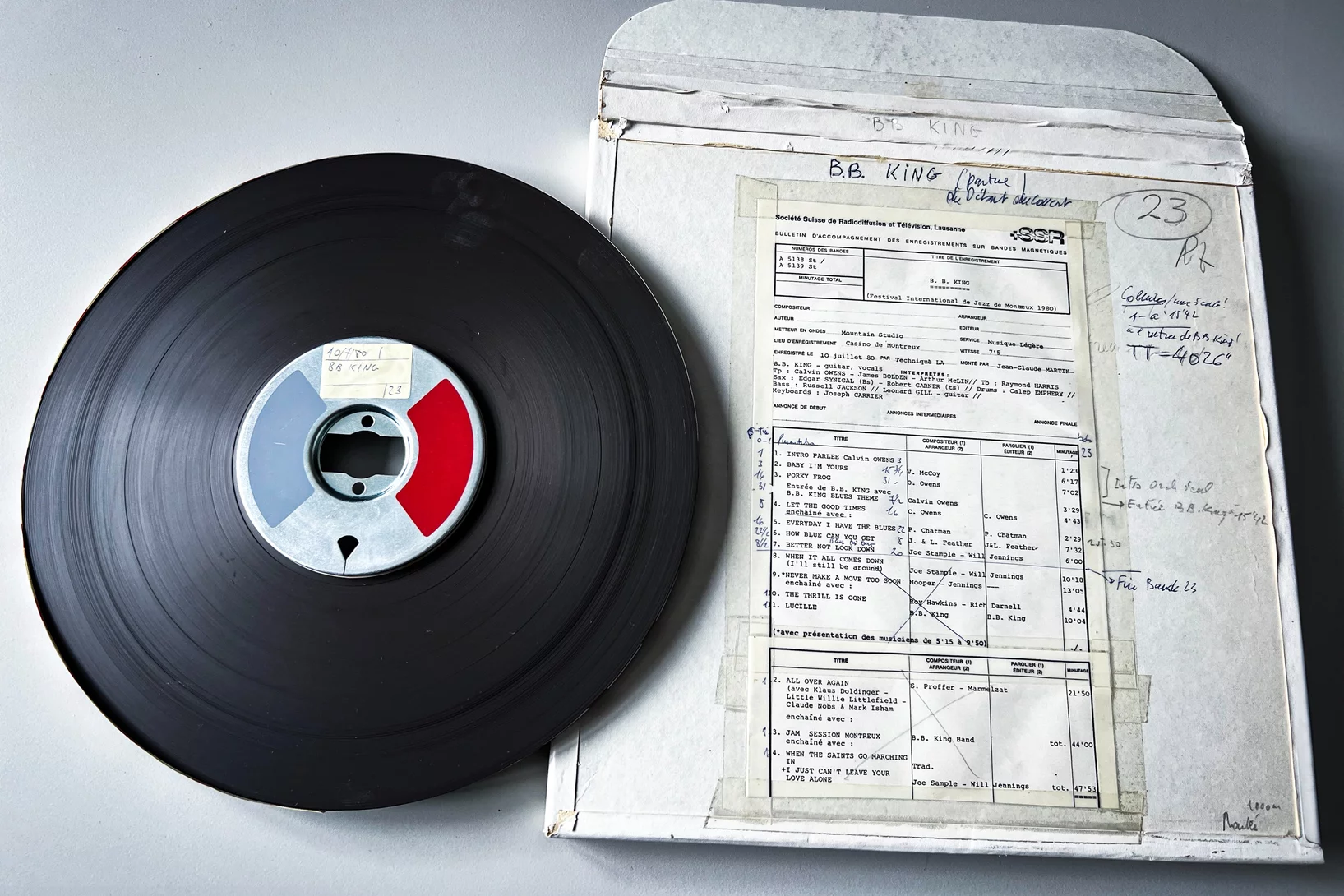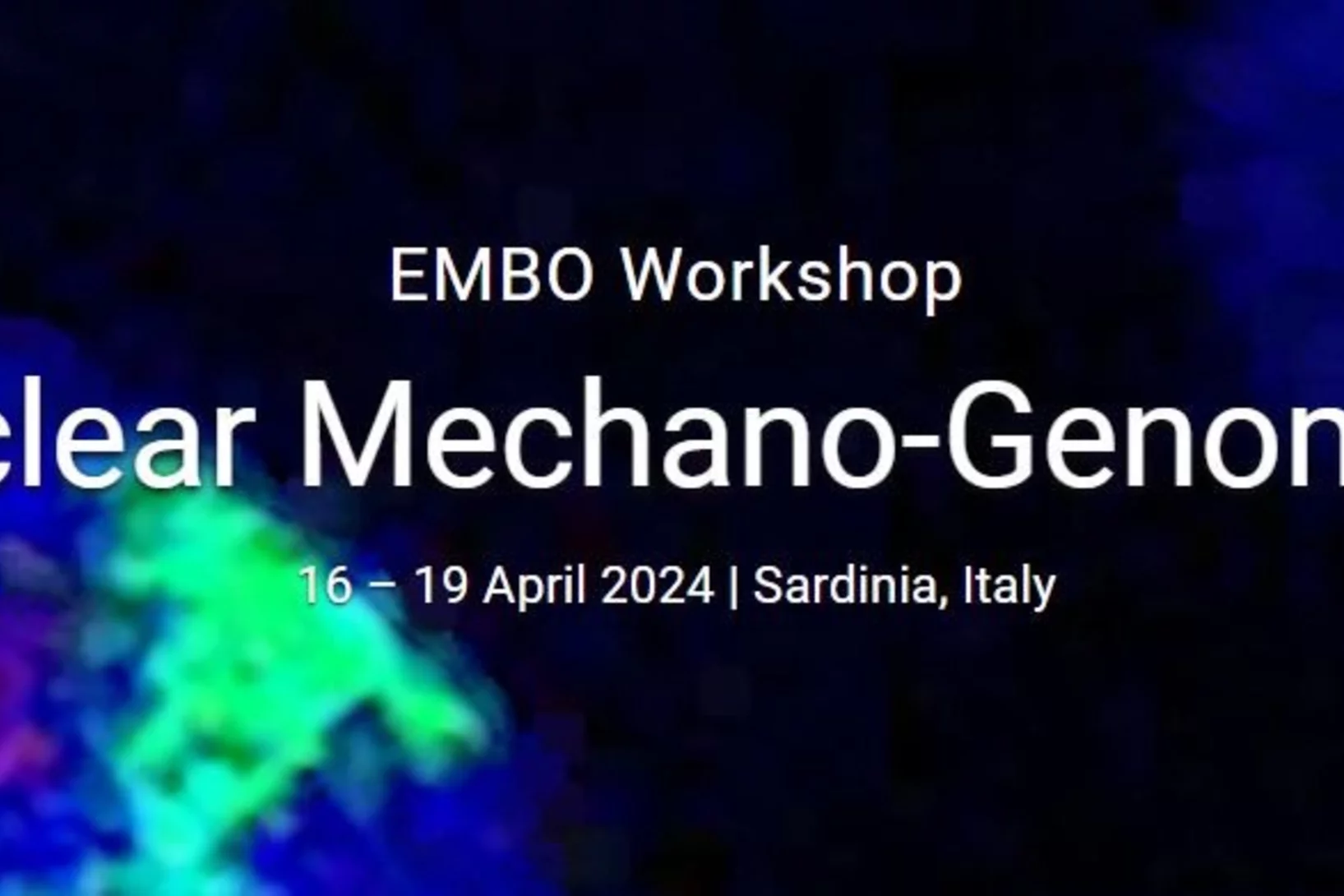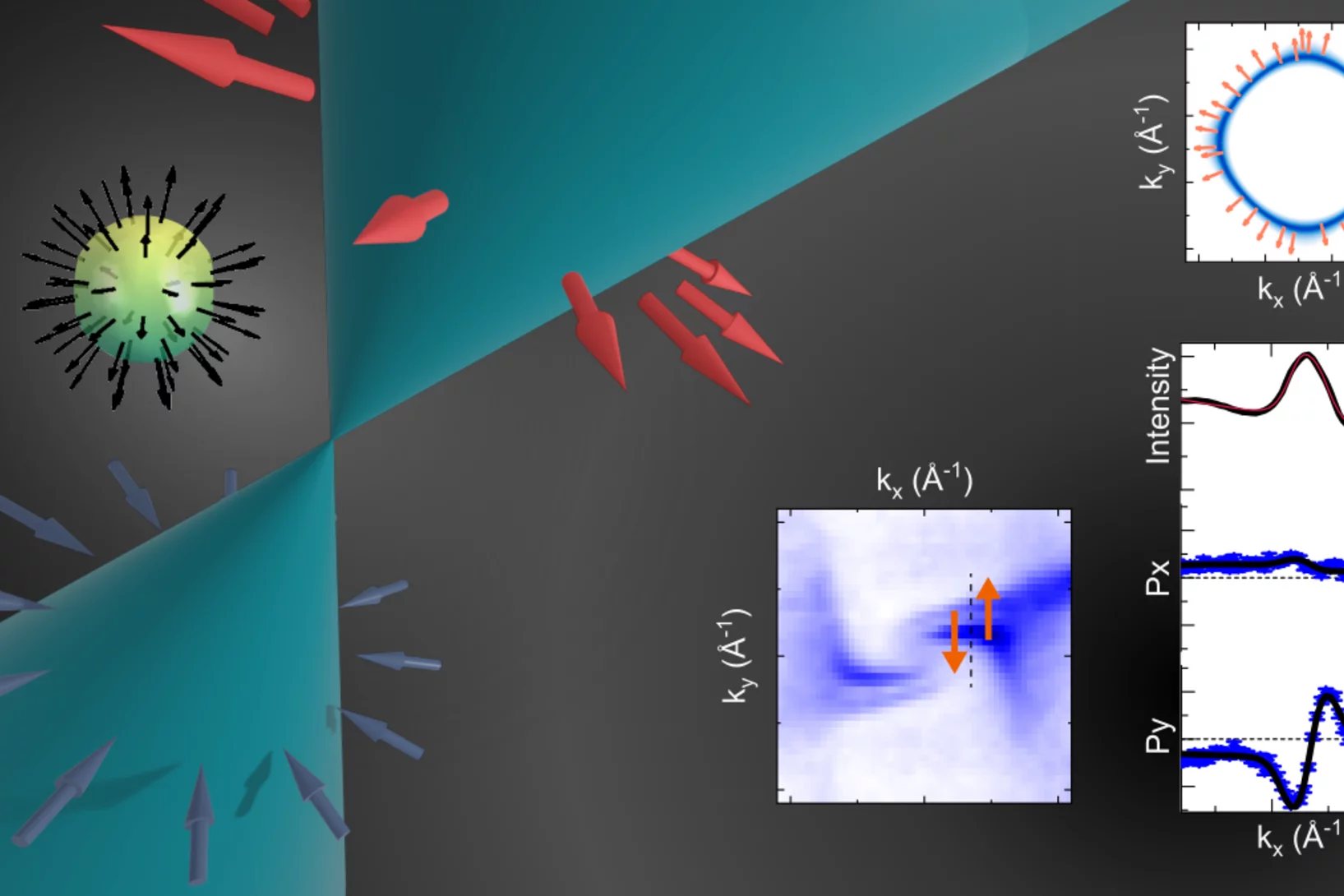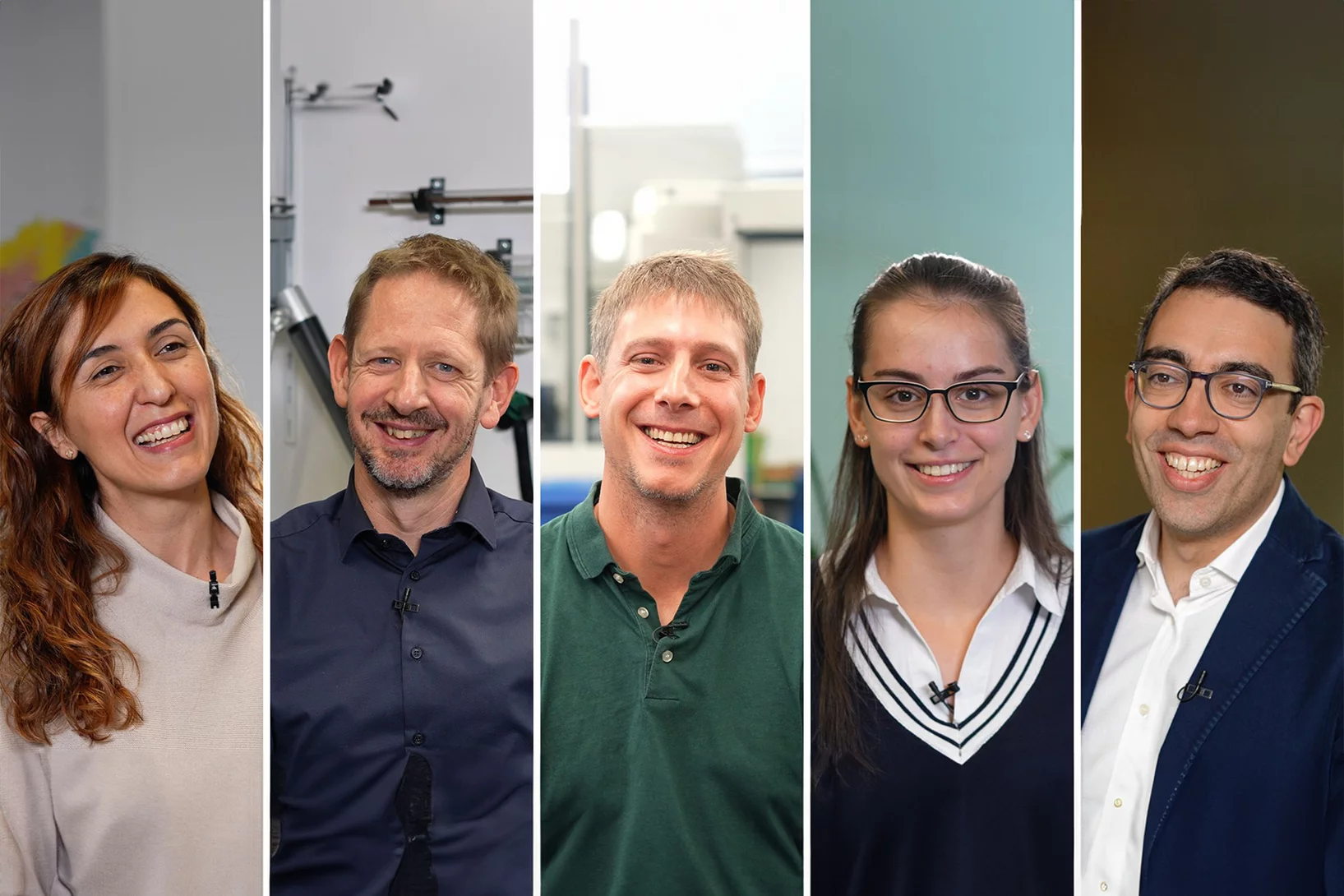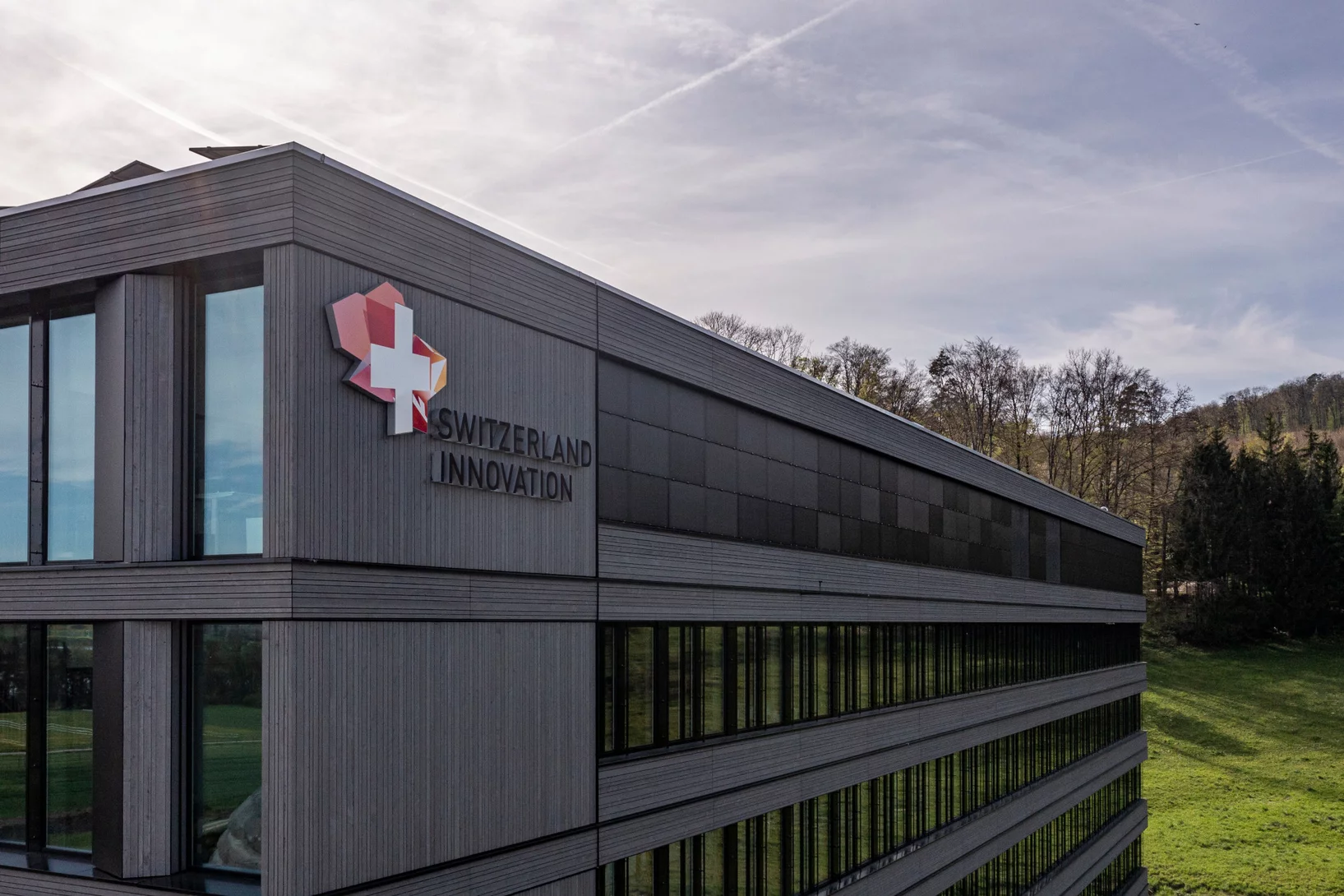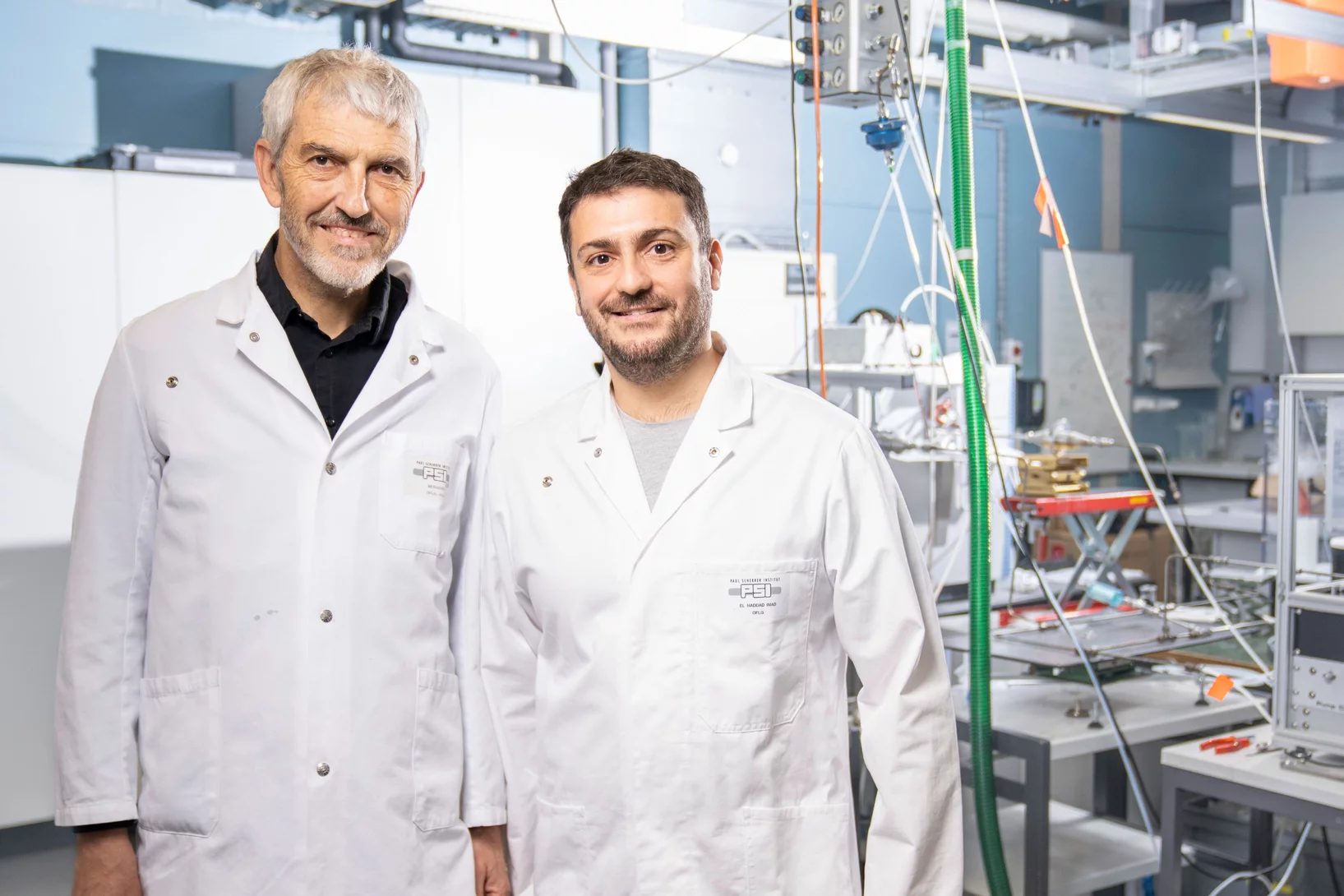Abandon de l’énergie nucléaire, développement de l’énergie solaire et éolienne, production d’énergie à partir de la biomasse, réduction de la consommation d’énergie. D’ici 2050, la Suisse doit atteindre la neutralité climatique. Un objectif ambitieux, rendu plus urgent que jamais par une situation géopolitique de plus en plus difficile. Comment faire pour mettre en place ces prochaines années un approvisionnement énergétique durable et résistant pour la Suisse? Comment les énergies renouvelables peuvent-elles être utilisées de manière optimale? Quelles sont les nouvelles technologies les plus prometteuses? Au PSI, des chercheurs s’efforcent de trouver des réponses à ces questions décisives.
Le PSI dans un nouveau design
Le PSI est le plus grand institut de recherche suisse pour les sciences naturelles et les sciences de l’ingénierie. Site principal pour les grandes installations scientifiques du pays, il mène des travaux de pointe dans le domaine des technologies d’avenir, de l’énergie et du climat, de l’innovation santé et des fondements de la nature.
Welcome to Our New Team Members!
We are delighted to extend a warm welcome to Dr. Haohan Zhang and Elizaveta Artiushova as they join our research team.
Promotion versus Poisoning in Copper–Gallium-Based CO2-to-Methanol Hydrogenation Catalysts
Cu–Ga-based CO2-to-methanol hydrogenation catalysts display a range of catalytic performance, depending on their preparation. Here, we investigated how the Ga/Cu ratio and Ga speciation affect the catalytic activity. Using surface organometallic chemistry, we prepared a series of silica-supported 3–6 nm Cu1–xGaxOy nanoparticles with a range of xGa. The materials display a volcano-type activity behavior, where methanol formation is promoted when xGa < 0.13–0.18 and is suppressed at higher values, indicating a poisoning of the catalysts. In situ X-ray absorption spectroscopy and in situ infrared spectroscopy helped to understand the structure-activity relationship.
Vladislav Zobnin Honored with Best Presentation Award at NUCLEAR 2024 Conference
We are thrilled to extend our heartfelt congratulations to Vladislav Zobnin for receiving the prestigious Best Presentation Award at the NUCLEAR 2024 conference.
Third Data Challenge
The Mu3e data challenges aim at establishing the data processing and storage procedures as well as the online monitoring tools. Using simulated data, we developed monitoring tools, event displays and control over all the data flows. We also prepared cabling the detector with optical fibres.
Optimizing a radiochemical separation of 26Al from an acidic V-rich matrix
At the Paul Scherrer Institute (PSI), within the Isotope and Target Chemistry (ITC) group, various radiochemical methods are developed to fully separate and purify individual radionuclides. These separation methods are devised for both new experiments and for reprocessing radioactive waste from previous experiments.
Die Greenboxen - gärtnern am PSI
Das Projekt «Greenbox» kam zustande mit dem «Campus 2023». Es sind 45 Hochbeete, die den Mitarbeitenden zur Bepflanzung zur Verfügung stehen. Angepflanzt werden kann ganz vieles wie Gemüse, Obst, Blumen oder auch Kräuter. Um die Boxen kümmert man sich etwa 5 Monate und kann über die Ernte frei verfügen.
Nature’s sunscreen and other SwissFEL stories
From DNA repair to catalysts: how the Alvra experimental station at SwissFEL has developed into a special tool for biology and chemistry research.
Welcome to LXN Kajal Biju
Herzlich Willkommen Kajal Biju im LXN!
Non-coplanar helimagnetism in the layered van-der-Waals metal DyTe3
Van-der-Waals magnetic materials can be exfoliated to realize ultrathin sheets or interfaces with highly controllable optical or spintronics responses. In majority, these are collinear ferro-, ferri-, or antiferromagnets, with a particular scarcity of lattice-incommensurate helimagnets of defined left- or right-handed rotation sense, or helicity. Here, we report polarized neutron scattering experiments on DyTe3, whose layered structure has highly metallic tellurium layers separated by double-slabs of dysprosium square nets...
How the orientation of molecular single-ion magnets affects their magnetic hysteresis
Molecular single-ion magnets act as ultra-small magnets that can retain their magnetization. When organized on a well defined surface, they could allow storing information at 100 and more times higher storage densities than nowadays available.
In the present study performed at the Swiss Light Source an international research team investigated monolayers of two very similar types of organometallic single-ion magnets, that, however, behave very differently on a flat silver surface. They link the vastly different magnetic behavior with the different orientation and adsorption configurations on the surface.
Une bionanomachine pour la chimie verte
Des scientifiques du PSI ont caractérisé une enzyme bactérienne unique en son genre, qui permet une importante réaction chimique.
Un plan pour la plus grande machine du monde
Entretien avec Lea Caminada, cheffe du groupe Physique des hautes énergies au PSI, concernant le potentiel du prochain grand projet au CERN.
13th Erwin Felix Lewy Bertaut Prize to Daniel Mazzone
The laureate of the thirtheenth Erwin Félix Lewy Bertaut Prize is Dr. Daniel Mazzone from the Laboratory for Neutron Scattering and Imaging (LNS), NUM division. Daniel receives the prize for his outstanding contributions in the field of quantum effects in strongly correlated electron materials, employing cutting-edge X-ray and neutron scattering techniques.
40 ans de succès: le traitement par protons du cancer de l’œil
En mars 1984, des patients étaient traités par protons pour la première fois contre un type de cancer rare mais très agressif: une tumeur oculaire.
Spectral evidence for Dirac spinons in a kagome lattice antiferromagnet
Emergent quasiparticles with a Dirac dispersion in condensed matter systems can be described by the Dirac equation for relativistic electrons, in analogy with Dirac particles in high-energy physics. For example, electrons with a Dirac dispersion have been intensively studied in electronic systems such as graphene and topological insulators. However, charge is not a prerequisite for Dirac fermions, and the emergence of Dirac fermions without a charge degree of freedom has been theoretically predicted to be realized in Dirac quantum spin liquids. These quasiparticles ...
Kompetenzen, nach denen unsere Partnerfirmen suchen
Wie kannst du dich bereits während deiner PhD- oder Postdoc-Zeit gut auf deinen nächsten Karriereschritt vorbereiten? Welche Kompetenzen sind nötig und gefragt, und kannst du deine Chancen erhöhen, indem du relevante Kurse besuchst? Wir haben die Partnerfirmen und andere Kollaborateure des PSI Career Centers und des CONNECT Programms gefragt, wonach sie suchen – und für euch eine Zusammenfassung basierend auf Inputs von ABB, APP, Axpo, Bain, cross-ING, Dectris, Hilti, McKinsey, Sensirion, UVEK, VDL and ZEISS zusammengestellt
TOMCAT attends XNPIG2024, bags two awards
A TOMCAT delegation attended the 6th International Conference on X-ray and Neutron Phase Imaging with Gratings (XNPIG2024) held on 8-12 April, 2024 in Shenzhen, China. The team delivered a series of two invited talks and seven contributed talks, all of which were well-received by the conference attendees. Two team members were selected for their outstanding contributions: Simon Spindler was awarded one of the Best Poster Prizes for his recent work on “Diffraction Beamlets” while Stefano van Gogh was the co-recipient of the W.H.F. Talbot Award, in recognition of his outstanding PhD thesis.
En visite chez les chercheurs
Un tour de la nouvelle exposition au centre de visiteurs du PSI
UBS Fondation pour la culture soutient un projet de numérisation de bandes audio historiquement précieuses.
La Fondation culturelle UBS a accordé une subvention financière au physicien Sebastian Gliga de l'Institut Paul Scherrer pour numériser un enregistrement historique irrécupérable de B.B. King lors de son concert au Festival de Jazz de Montreux en 1980.
EMBO workshop on Nuclear Mechano-Genomics
The EMBO-workshop on Nuclear Mechano-Genomics taking place from April 16 to April 19, 2024 in Sardinia, Italy, was a great success.
Weyl spin-momentum locking in a chiral topological semimetal
Spin–orbit coupling in noncentrosymmetric crystals leads to spin–momentum locking – a directional relationship between an electron’s spin angular momentum and its linear momentum. Isotropic orthogonal Rashba spin–momentum locking has been studied for decades, while its counterpart, isotropic parallel Weyl spin–momentum locking has remained elusive in experiments. Theory predicts ...
Cristina Müller
Développer et reconstruire des radiopharmaceutiques pour les thérapies tumorales
Breaking the Drops
For water-cooled nuclear reactors, a loss of coolant accident constitutes one of the key scenarios to be evaluated for the design of the plant and associated safety systems. Even if these accidents are not expected to occur at all during reactor lifetime, their potential consequences include the heat up of the fuel in the reactor core. For the recovery of the plant to safe conditions, safety systems are in place to inject water in order to reflood the core and to quench the high temperature fuel. The two-phase flow behaviour during this reflooding phase is extremely complex. In particular, the prediction of the behaviour of small liquid droplets generated as the quench front propagates upwards has a significant effect on the fuel temperatures in the upper regions of the reactor core. In collaboration with the US Nuclear Regulatory Commission (NRC), we have been working to improve our modelling of the droplet behaviour and their impact on key safety parameters.
Je suis le PSI
Une vue sur le côté humain de la recherche. Un aperçu du côté humain de la recherche. Des scientifiques aux technicien·ne·s en passant par le personnel de soutien – chacun·e des plus de 2200 individu·e·s au PSI contribue de manière unique au succès et à la mission de l'institut.
Inauguration Solennelle du Park Innovaare
Un jalon important a été atteint : hier, jeudi 25 avril 2024, le Switzerland Innovation Park Innovaare a été inauguré en présence du Conseiller fédéral Guy Parmelin et de nombreux invités du monde économique, scientifique et politique. En seulement quatre ans, le Switzerland Innovation Park Innovaare à Villigen, adjacent à l'Institut Paul Scherrer (PSI), a vu naître un parc d'innovation ultramoderne axé sur la recherche, avec 23'000 m² de salles blanches, laboratoires, ateliers de précision, bureaux et salles de réunion. Le principal locataire et partenaire stratégique est le PSI. À ce jour, environ 80 % de la surface totale a été louée.
Fête d’inauguration du Switzerland Innovation Park Innovaare
Après quatre ans de travaux, un parc d’innovation moderne voit le jour à côté de l’Institut Paul Scherrer PSI à Villigen (AG). Le Switzerland Innovation Park Innovaare compte 23 000 m2 de salles blanches, de laboratoires, d’ateliers de précision, de bureaux et de salles de réunion.
DAQ installations at PSI
We have installed the data acquisition hardware and cabling needed for early Mu3e running at PSI. The fibre fan-out rack, which serves as a switch-yard for TBits/s of data as well as clock, reset and configuration lines is fully set up.
Comment rendre l’air de New Dehli plus propre?
Des scientifiques du PSI sont sur la piste des aérosols pathogènes en Inde.
Événement pour fondatrices et professionnelles : Réseautage et recherche d'alliées
Quels réseaux sont cruciaux durant la phase de création ? Quelles stratégies peuvent aider à établir des contacts avec l'industrie ? Comment pouvez-vous améliorer vos compétences de réseautage pour atteindre vos objectifs professionnels ?


